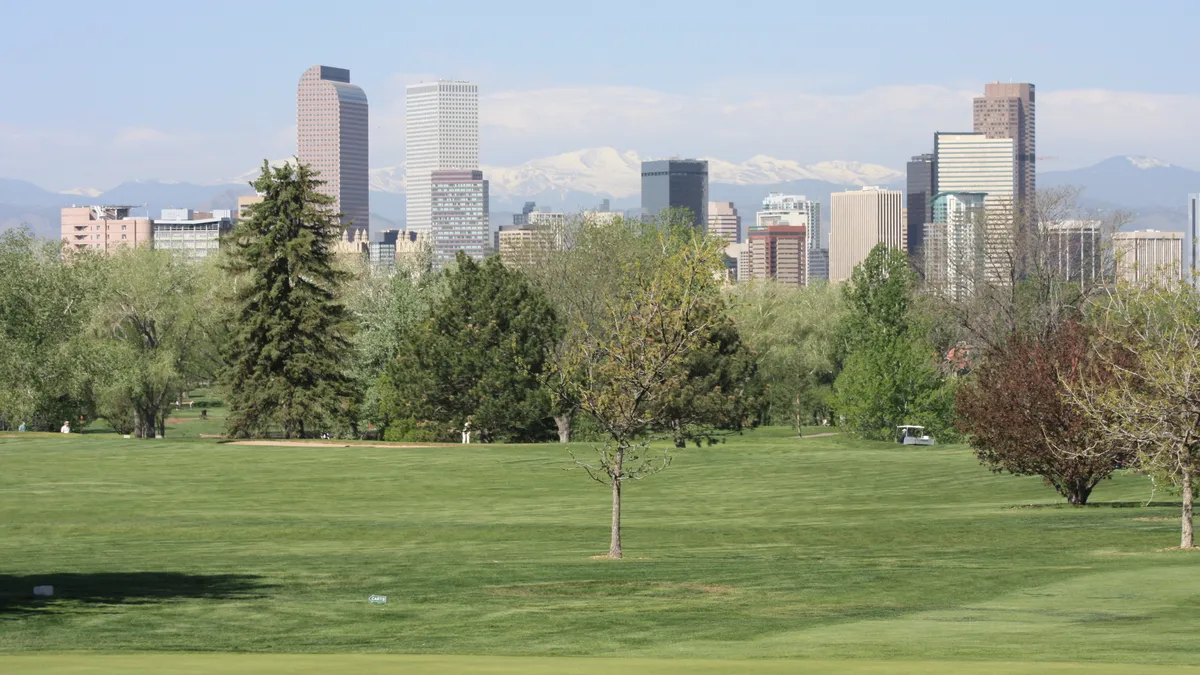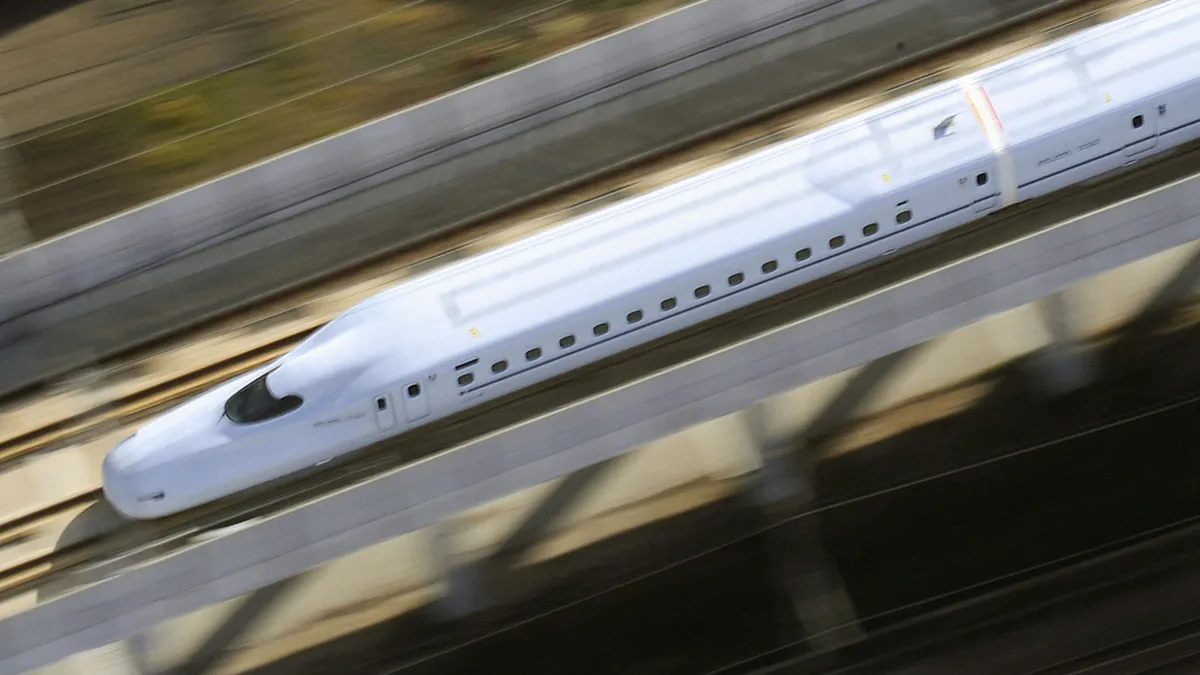Dive Brief:
- One in three Americans do not have a park within a 10-minute walk from their home, and 2/3 of people in the nation’s 3,000 largest cities lack easy access to the outdoors, according to an analysis conducted by the Trust for Public Land with support from outdoor retailer REI.
- The Urban Outdoor Access Analysis identified the 50 cities with the most access to parks and public lands and found that California had 12 of them. The next highest state was Arizona, with five cities on the list.
- The analysis equally considered municipal parks within walking distance of people’s homes and the per-capita acreage of public lands within a 60-minute drive of a city, to give a more holistic picture of how people can get outside.
Dive Insight:
Cities are increasingly looking to maximize green space within city limits or increase access to nearby public lands, partly as a sustainability push and also to boost residents’ quality of living. A March 2018 literature review published in the International Journal of Environmental Research and Public Health found negative associations between urban green space exposure and mortality, heart rate and violence, and positive associations with physical activity, attention and mood. An ongoing study in Louisville, KY is tracking the link between human health and urban green space.
“We all know that our brains and bodies thrive when we spend time outside,” said Taldi Harrison, government and community affairs manager at REI, in a statement accompanying the new report.
The study includes a diverse set of cities, including unexpected entries like Newark, NJ or Minnesota’s Twin Cities. That reflects work that those cities have done to ensure that people have access to any available lands. The Twin Cities, for example, prioritized creating or maintaining green space near light rail stations, where people would have easy access.
The Trust for Public Land had previously created a tool with Esri's mapping software to measure access to urban parks and help city planners map out how to create more green space. Residents could also use the tool to suggest improvements to parks.










